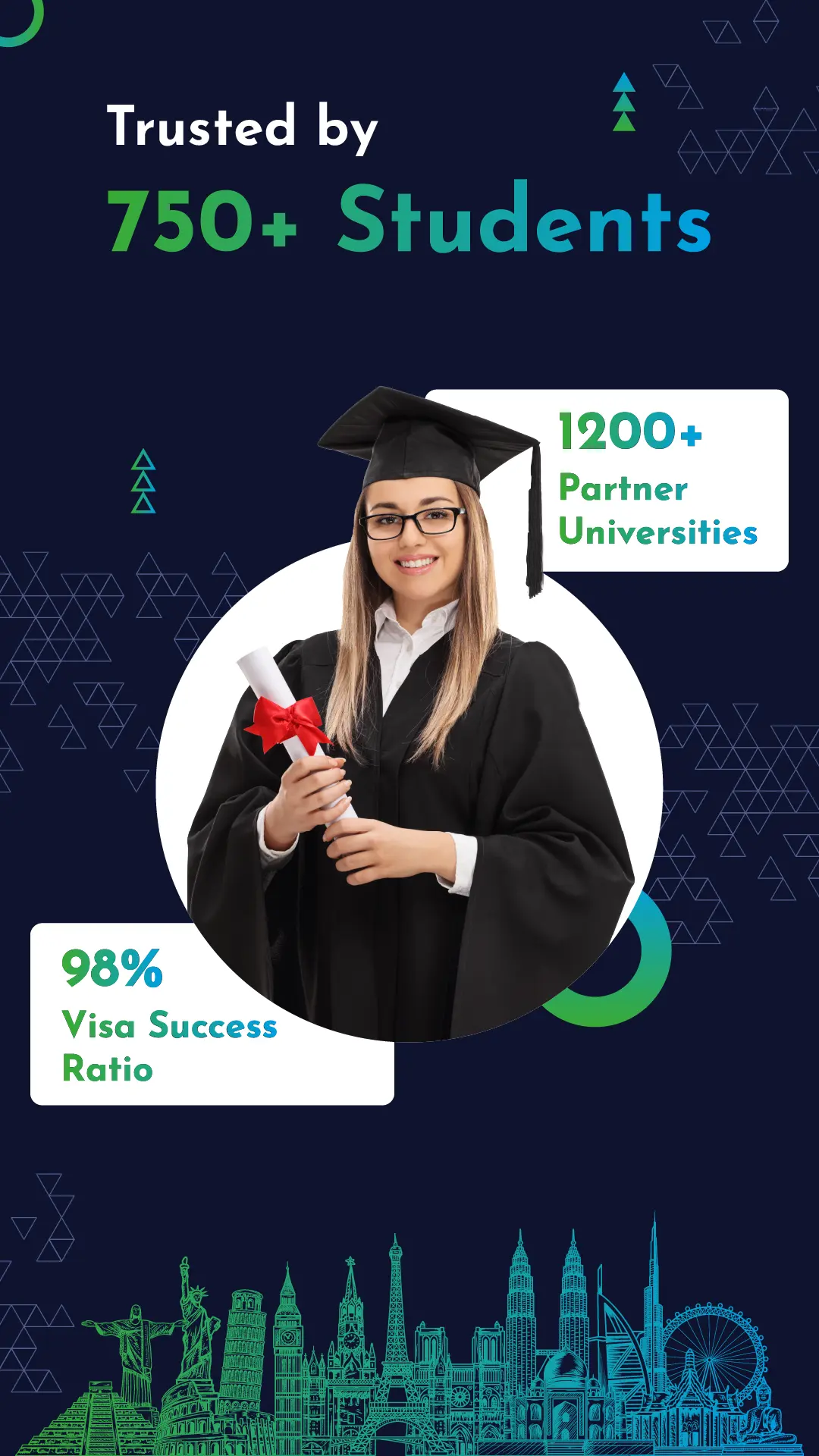The world of international education is a dynamic one, and student visa policies are constantly evolving to reflect economic needs, security concerns, and educational priorities. For aspiring international students, keeping track of these changes can be a daunting task. This blog aims to equip you with the knowledge you need to navigate the ever-changing landscape of student visa policies across different countries, with a specific focus on streamlined processes for popular destinations like France, the UK, and Canada.
The Changing Landscape of Student Visas
Several factors contribute to the ongoing evolution of student visa policies:
- Economic Needs: Countries may adjust visa rules to attract students in specific fields with a projected skills shortage.
- Security Concerns: Visa regulations may become stricter in response to perceived security threats.
- Educational Priorities: Governments may prioritize visas for students enrolling in specific programs that align with national education goals.
- Global Competition: Countries compete to attract top international talent, leading to more attractive visa options for students.
Staying Informed
Keeping yourself updated on changes in student visa policies is crucial for a successful application. Here are some tips:
- Official Government Websites: Each country’s embassy or consulate website is the most reliable source for the latest visa information.
- Educational Institutions: The international admissions office of your chosen university can provide guidance on specific visa requirements for enrolled students.
- Immigration Consultants: Consider seeking professional advice from registered immigration consultants familiar with student visa processes.
Streamlined Processes for Priority Countries
Many popular destinations for international students offer streamlined visa application processes for students from specific countries. Here’s a closer look at three such countries:
France
- The “Etudes en France” Visa Application: France offers a simplified online application process called “Etudes en France” for students from select countries. This system enables faster processing times and smoother communication with authorities.
- Priority Processing for Specific Programs: France prioritizes visa applications for students enrolled in specific programs with a national focus, such as science, technology, engineering, and mathematics (STEM) fields.
The United Kingdom (UK)
- Tier 4 Student Visa: The UK operates under a point-based immigration system. To qualify for a Tier 4 Student Visa, you need to accumulate a specific number of points based on criteria like academic qualifications, English language proficiency, and financial resources.
- Reduced Paperwork for Trusted Partners: The UK offers a reduced visa application process for students from universities designated as “Trusted Partners.” These universities can directly sponsor international students, minimizing paperwork and streamlining the application process.
Canada
- Student Direct Stream (SDS): Canada’s Student Direct Stream (SDS) allows faster processing for students from select countries who meet specific requirements, including academic qualifications, proof of financial support, and language proficiency.
- Post-Graduation Work Permit (PGWP): Canada offers a Post-Graduation Work Permit (PGWP) program, allowing international students to gain valuable work experience after graduation, potentially leading to permanent residency opportunities.
General Tips for a Smooth Application Process
While specific requirements vary by country, here are some general tips for a smooth student visa application process:
- Start Planning Early: Visa applications can take time, so begin researching and gathering documents well in advance of your program start date.
- Meet All Requirements: Carefully review the visa requirements outlined by the specific country and educational institution.
- Gather Complete Documentation: Ensure you have all the necessary documents, including transcripts, proof of financial support, medical certificates (if required), and a valid passport.
- Demonstrate Strong Ties to Your Home Country: Show that you intend to return home after completing your studies.
- Practice for the Interview: If your application involves an interview, prepare well to answer questions confidently about your educational goals and financial plans.
Conclusion
Navigating student visa policies can be complex, but with careful planning and up-to-date information, you can increase your chances of a successful application. By understanding the evolving landscape, utilizing streamlined processes for priority countries, and following general best practices, you can pave the way for a rewarding international education experience. Remember, staying informed and proactive is key to navigating the ever-changing world of student visas.


